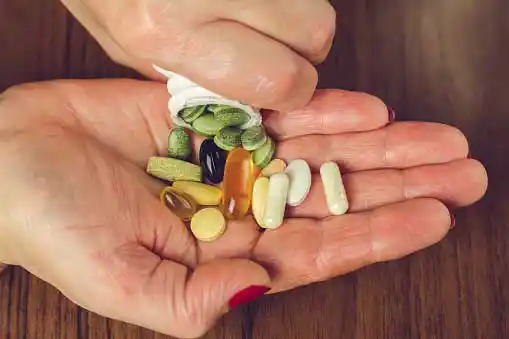Are You Getting Enough Calcium?
Are you thinking of skipping the milk in your coffee to cut calories? Hold on. Research shows that the average modern diet does not contain enough calcium and cutting back on dairy can make matters worse. Calcium is a must to keep your bones healthy. Too little of it could mean weak bones and debilitating fractures by the time you hit your 60s or even sooner. It is very important to meet your calcium needs before you turn 30 because that’s the time when you can build strong bones. Here’s a look at the recommended calcium intake at different ages.
Calcium requirement for different age groups:
Adults: 600mg per day
Pregnant and lactating women: 1200mg per day
Children (0-6 months): 500mg per day
Children (6 months – 9 years): 600mg per day
Children and teenagers (10 years – 17 years): 800mg per day
Source: Dietary Guidelines for Indians. Indian Council of Medical Research, 2010.
The above-mentioned figures are the minimum recommended values. Many authorities in western countries recommend as much as 1000mg calcium per day for adults and even more for the elderly and adolescents. It seems the more calcium you get the better, but more than 1500mg a day has no particular benefit. Very high intake is not advisable in people prone to kidney stones.
Sources of calcium:

Dairy products are undoubtedly the best and most common source of calcium. Since milk and milk products also contain a fair amount of saturated fat, adults should consume low-fat or toned milk and curd as much as possible. Legumes and green leafy vegetables can add a substantial amount of calcium to your diet. Adding ragi or soybean flour to wheat flour can be an effective way to increase calcium intake.
See the table below and check if you are taking enough of these foods to meet your calcium requirements.
Table: Common Indian foods rich in calcium
|
Food |
Calcium /100g raw food |
|
Cow’s milk |
120mg |
|
Yogurt |
120mg |
|
Paneer |
250mg |
|
Ragi |
330mg |
|
Soyabean |
240mg |
|
Whole bengal gram/ chana |
190mg |
|
Black gram/ urad |
200mg |
|
Green gram whole/ moong |
140mg |
|
Lentil/ masoor |
160mg |
|
Red gram/ arhar |
140mg |
|
Fenugreek leaves (methi leaves) |
470mg |
|
Spinach |
60mg |
|
Almonds |
230mg |
|
Mustard seeds |
490mg |
|
Sesame seeds |
1450mg |
|
Rohu fish |
650mg |
|
Mackerel |
430mg |
Calcium-rich diet:
A typical calcium-rich diet should contain at least 2 servings of milk or milk products and 2 to 3 servings of other calcium-rich foods. For example:
- 200mL skimmed milk for breakfast (240mg calcium)
- 200gm of yogurt for lunch (240mg calcium)
- 50gm of mixed common pulses (about 100mg calcium)
- A handful (25g) of almonds (58mg calcium)
What about calcium supplements?

- If you feel you may not be getting enough calcium through your diet, and cannot make the required dietary changes, talk to your doctor about calcium supplements.
- Pregnant and lactating women should take a calcium supplement, as regular diet does not provide the required 1200mg completely.
- Rapid bone loss occurs in the first few years after menopause. Women nearing menopause should ask their doctor about calcium supplements.
- Take a calcium supplement that also contains Vitamin D, as it aids better absorption.
- Most supplements contain calcium carbonate which is best absorbed if taken after a meal.
What more can you do for your bones?
- Spend some time in the sun: Our body needs Vitamin D to utilize the calcium that we eat. Without vitamin D, calcium is of no use. Our body synthesizes vitamin D when it is exposed to sunlight. Do spend some time outdoors so that your body can make the Vitamin D that it needs.
- Exercise: Regular exercise builds better bones and promotes strength and coordination.
- Cut down on salt: Too much salt can wash away calcium by causing excessive losses in urine. Reducing salt intake is also great for your blood pressure.


